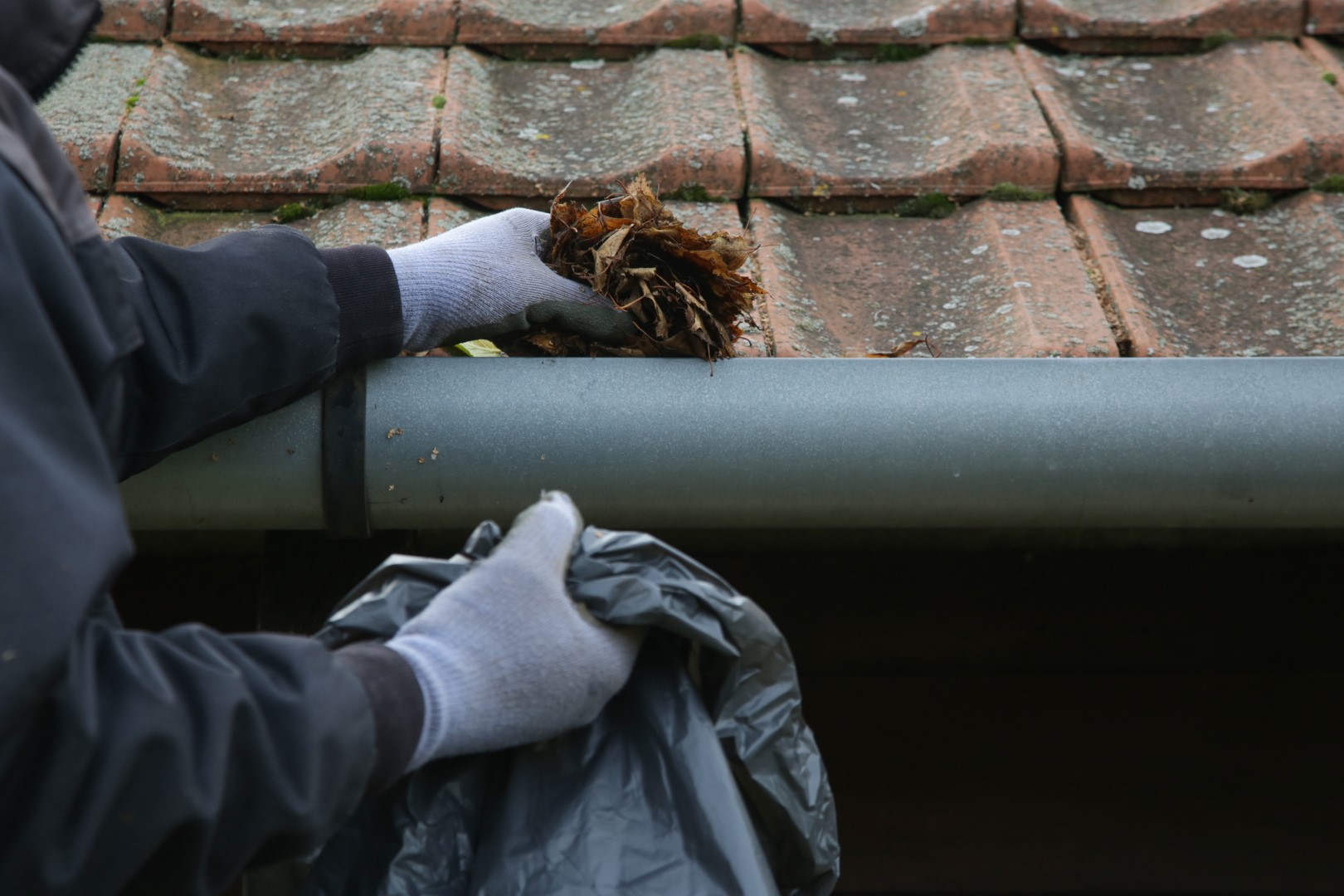How to Fix a Tripped Fuse – HomeService.Insure Guide
Losing power suddenly can be stressful, but in many cases a tripped fuse (or circuit breaker) is quick to fix. Knowing how to reset your fuse box safely — and how to spot the warning signs of something more serious — can save you both time and worry.
Here’s a clear step-by-step guide from HomeService.Insure.
Safety first
- Only attempt basic checks if you feel confident.
- Never touch wires or components inside the fuse box itself.
- Call a qualified electrician immediately if you notice:
- Burning smells
- Scorch marks around switches
- Rust or visible damage
Step-by-step: Resetting a tripped fuse
- Locate your fuse box – usually in a hallway, garage, or utility room.
- Check the switches – one or more will be in the “off” position. Labels should indicate which circuit has tripped.
- Flip the switch back on – push it firmly to the “on” or “green” position.
- Check your power – if everything works, the issue may have been a one-off.
Tip: If none of the switches are down, you may be experiencing a power cut. Check with neighbours or your energy provider.
What if it trips again?
If the fuse keeps tripping, follow these steps:
- Unplug all appliances on the affected circuit.
- Switch the breaker back on.
- Reconnect each appliance one at a time – the faulty one will cause the power to trip again.
- Stop using the faulty item and replace or repair it.
If the fuse continues to trip with no appliances connected, the problem may lie within the circuit itself — and that’s when you need an electrician.
Appliances that commonly trip fuses
- Kettles (overfilled or faulty elements)
- Toasters with crumbs or damage
- Cookers with worn rings
- Immersion heaters
- Faulty plugs, leads, or connections
- Light bulbs blowing suddenly
- Overloaded extension cords
How to avoid future trips
- Don’t overload sockets – spread high-powered devices across different circuits.
- Inspect appliances – stop using anything with frayed wires, cracks, or burn marks.
- Maintain equipment – clean toasters, empty tumble dryer filters, and service larger appliances regularly.
- Use extension leads wisely – avoid daisy-chaining multiple leads together.
When to call in the experts
If your fuse box keeps tripping and you can’t identify the cause, it may point to:
- A faulty fuse box
- Damaged wiring in the home
- A failed safety device (like an RCD or breaker)
These issues should only be handled by a qualified electrician.
Electrical help with HomeService.Insure
Power cuts and tripped fuses are frustrating — but you don’t have to deal with them alone. With HomeService.Insure, you’ll have fast access to trusted electricians who can quickly diagnose the issue and get your home running safely again.
Clear pricing, quick availability, and peace of mind — that’s what you get with HomeService.Insure.
HomeService.Insure Safety Disclaimer
At HomeService.Insure, we encourage safe and sensible DIY, but your safety always comes first.
- Only attempt basic checks and fixes if you feel confident.
- Stop immediately if you notice burning smells, scorch marks, leaks, or anything that looks unsafe.
- Never attempt electrical or gas repairs beyond simple resets or checks.
- For complex, repeated, or potentially dangerous problems, always call a qualified Gas Safe engineer (for heating) or a certified electrician (for electrics).
By following this guidance, you reduce risks — but professional help should always be your first choice if there’s any doubt.

